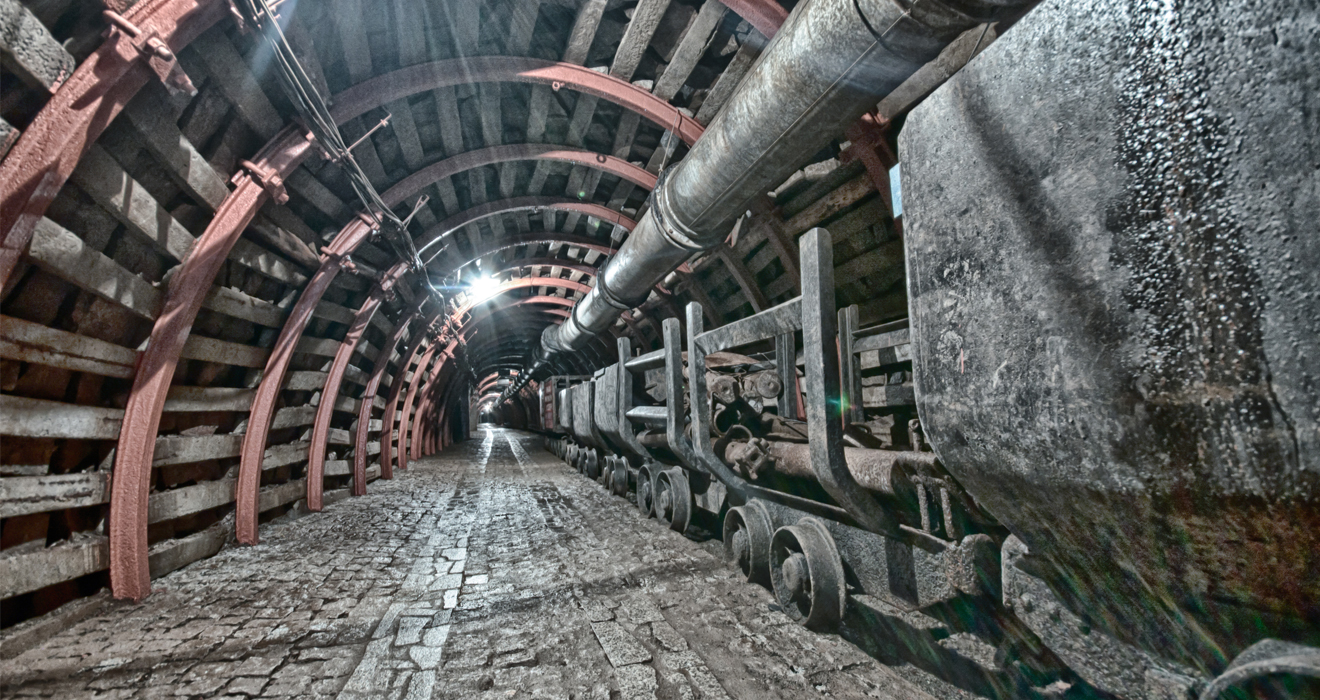In modern buildings, centralized air conditioning and ventilation systems have become a key component in maintaining indoor air quality and comfort. However, improper management of these systems may lead to decreased air quality, bacterial growth, and health issues. In order to ensure the cleanliness and safety of the indoor environment, it is necessary to establish hygiene management standards and regularly maintain and clean the central air conditioning and ventilation system.
The main functions of a centralized air conditioning and ventilation system include providing fresh air to buildings, controlling indoor temperature and humidity, eliminating harmful gases and microorganisms, and ensuring air circulation. The effective operation of these systems directly affects the comfort and health of the indoor environment. The following are the importance of centralized air conditioning and ventilation systems:
Indoor air quality: Indoor air quality is crucial for the health and comfort of residents and office workers. Through regular ventilation, centralized air conditioning systems can help remove pollutants and maintain good air quality.
Temperature and humidity control: The centralized air conditioning system can ensure that the indoor temperature and humidity are within a suitable range, providing a livable environment.
Energy efficiency: Reasonable use of centralized air conditioning systems can reduce energy consumption, reduce electricity bills, and reduce the impact on the environment.

Epidemic control: In special circumstances, such as during the flu season or during a pandemic, centralized air conditioning systems can also be used to control the spread of pathogens and reduce the risk of infection.
To ensure the normal operation of the central air conditioning ventilation system and prevent air quality degradation and bacterial growth, it is crucial to develop hygiene management standards. These specifications typically include the following aspects:
Regular cleaning and maintenance: It is stipulated that the centralized air conditioning system needs to be cleaned and maintained regularly, including cleaning the air filter, inspecting and cleaning the evaporator and condenser, inspecting the air duct and exhaust port, etc.
Maintenance records: Establish detailed maintenance records, including maintenance dates, operator information, and maintenance content, to ensure standardized implementation.
Air quality monitoring: Regularly monitor indoor air quality, including measuring CO2 concentration, humidity, harmful gas concentration, and microbial levels.
Sterilization and disinfection: When necessary, sterilize and disinfect the air conditioning system to kill bacteria and pathogens.
To implement hygiene management standards for centralized air conditioning and ventilation systems, the following steps can be taken:
Establish a health management team: Establish a professional health management team responsible for planning, implementing, and supervising health management measures.
Develop a cleaning plan: Develop a cleaning plan that specifies the frequency, methods, and cleaning agents used.
Training maintenance personnel: Ensure that maintenance personnel receive appropriate training on how to implement hygiene management standards, including safe operation of equipment and cleaning procedures.
Monitoring and recording: Establish a monitoring mechanism, regularly inspect air quality and maintenance records, and check the performance of the system.
Regular maintenance: Conduct maintenance according to the planned frequency, including replacing air filters, cleaning and disinfecting equipment, inspecting air ducts and exhaust ports, etc.
Improvement and update: Regularly review hygiene management practices and make improvements and updates based on actual situations to ensure efficient operation of the system and maintenance of air quality.
Central air conditioning and ventilation systems are an indispensable part of modern architecture, playing a crucial role in providing indoor comfort and air quality. By developing and implementing hygiene management standards, the efficient operation of these systems can be ensured, indoor air quality can be improved, health risks can be reduced, equipment lifespan can be extended, energy costs can be reduced, and a safer, healthier, and more comfortable indoor environment can be created for occupants and users of buildings. Maintaining a good ventilation system is a key step in improving quality of life and work efficiency, and also a manifestation of responsibility for the building environment.







Comment